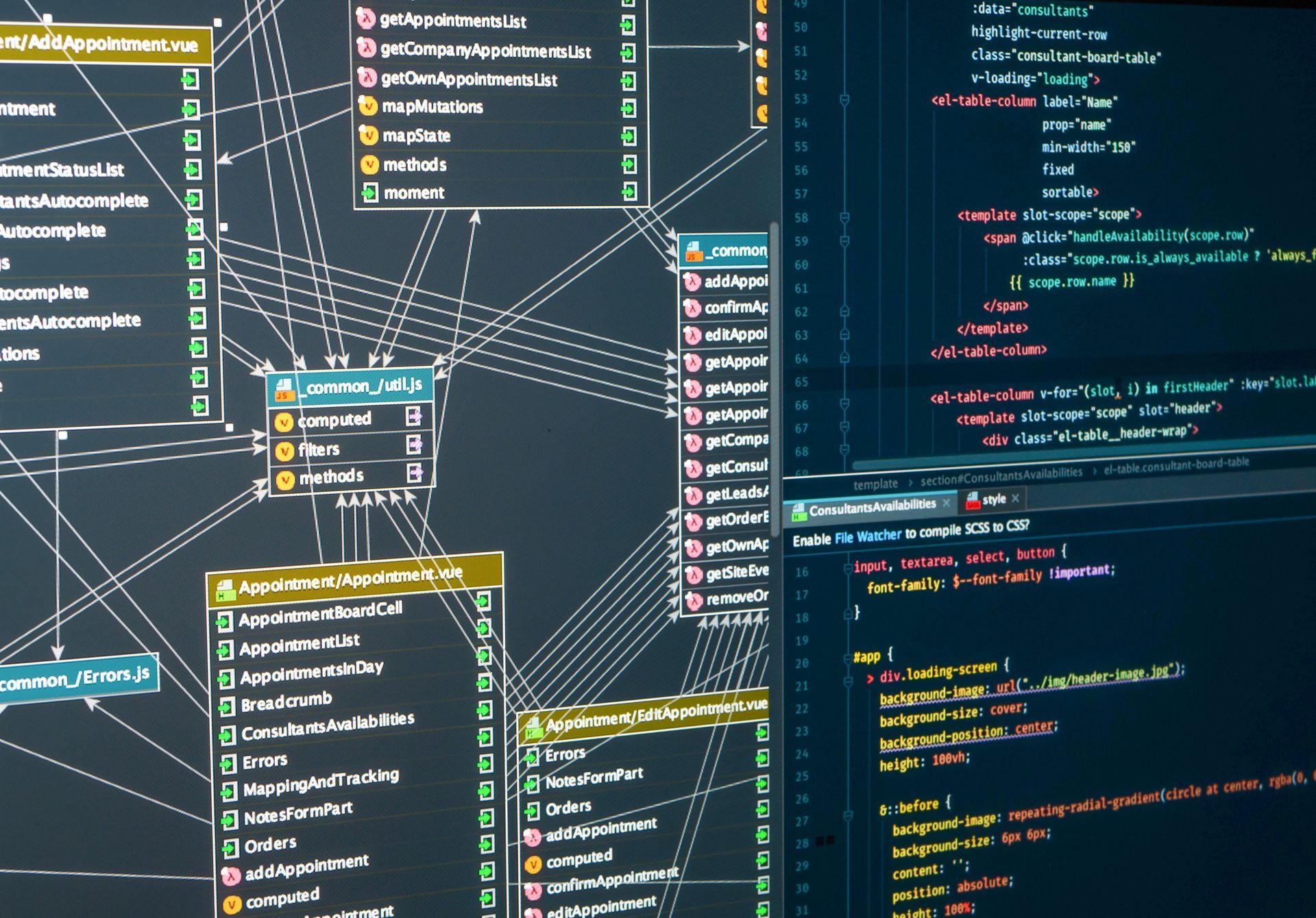Differences between OLAP and OLTP databases

Data processing has seen a sea changeover in recent times. Companies have moved from manual processing of data to using tools driven by AI (Artificial Intelligence) and BI (Business Intelligence). Data science itself has become a significant learning area, with more and more people endeavoring to master it.
Whether launching a new product or service or giving the old one a makeover, everywhere data dictates both the present and the future. Nevertheless, the key to success lies in correctly processing the information. The two main ways in which it is processed are OLAP and OLTP. Often people get confused between the two because they sound similar. But that is where the similarities end. Hence, it is imperative to understand the difference between the two. Today that is precisely what we hope to achieve. We aim to help you understand the differences between OLAP and OLTP databases so that you can make the correct choice for your enterprise.
OLAP Vs. OLTP Databases
Full-Form
1. OLAP
– Online Analytical Processing
2. OLTP
– Online Transaction Processing
What It Does
1. OLAP – OLAP is a group of software tools that analyze data to help make insightful business decisions. In OLAP, the user can run complex queries on multiple database systems simultaneously and analyze the accumulated historical data from OLTP systems. Herein, the stress is on quick response time.
2. OLTP – OLTP is all about supporting applications that are transaction-oriented. It captures, saves, and processes real-time transactional data, which may consist of individual database records that contain multiple fields. Herein, the stress is on fast processing.
Primary Objective
1. OLAP
– The primary objective of OLAP is the analysis of data.
2. OLTP
– The primary objective of OLTP is the processing of data.
Error Handling Or Query Failure
1. OLAP – These databases give data analysts as well as decision-makers the power to use customized reporting tools and transform raw data into handy information. A query failure in OLAP will not suspend, disrupt, or delay transaction processing for clients and customers. However, it may cause a delay or impact the precision of insights.
2. OLTP – These databases are characterized by a large volume of short transactions, all of which are online and consist of updations, insertions, and deletions. Therefore, the system contains an in-built logic to ensure data integrity even when a transaction fails. Putting it succinctly, when one or more transactions fail, others don’t suffer.
Data Source
1. OLAP – OLAP databases have a multi-dimensional schema. As a result, they can easily support complicated queries requiring numerous details from both current and past data details. Usually, all the data for OLAP comes from several OLTP databases and is organized in a data warehouse.
2. OLTP – OLTP uses a conventional Database Management System ( DBMS ) or relational databases to store a large volume of data pertaining to real-time transactions.
Data Quality
1. OLAP
– In OLAP processes, the data is not always properly organized.
2. OLTP
– The data stored in an OLTP database is always detailed and properly organized.
Database Design
1. OLAP
– OLAP databases are designed to be subject-specific. For example, the sales team will analyze the data differently from the marketing team.
2. OLTP
– OLTP databases are very industry-specific. It is because every industry (banking, retail, or manufacturing) has its peculiarities, due to which they analyze the data differently.
Backup Requirement
1. OLAP
– OLAP systems do not modify the current data. They only use the available information to draw inferences that help in the decision-making processes. Consequently, they don’t require constant back-ups.
2. OLTP
– OLTP systems are all about transaction processing. Here the data is continuously modified (i.e., added, deleted, or amended). Therefore, if you wish to maintain data integrity, you need to back up the data more frequently.
Response Time
1. OLAP
– In OLAP, the query response time can range from seconds to minutes to hours. It all depends on the volume of data that needs to be analyzed. So, it is always slower than OLTP.
2. OLTP
– In OLTP, data is processed within milliseconds. The workload consists of plain read and write operations using Structured Query Language or SQL. Therefore, it is way faster than OLAP.
User Examples
1. OLAP
– OLAP databases are used by business analysts, data analysts, managers, and high-level executives.
2. OLTP
– OLTP databases are used by the personnel who face the customer. Clerical staff and online shoppers fall in this category of people.
Benefits
1. OLAP –
- OLAP databases provide consistent information and results.
- It provides a single platform to meet all business analysis needs of an enterprise for forecasting, planning, and budgeting.
- To protect sensitive information and ensure compliance, one can restrict the access of the users.
2. OLTP –
- It manages an organization’s day-to-day transactions.
- OLTP broadens the customer base of a business by streamlining individual processes.
Drawbacks
1. OLAP –
- OLAP tools are complex, so their maintenance and execution are not possible without the expert help of IT professionals.
- Cooperation between departments is critical to the implementation and maintenance of OLAP tools. Sadly, there is a big disconnect in many organizations when it comes to inter-departmental support.
2. OLTP –
- Several users can open, read, and change the data at any time. This can lead to unprecedented and unique problems.
- The company’s online transactions get seriously affected whenever there is a hardware failure in the OLTP system.
The Seamless Uniting And Blending Force – ETL
OLAP systems take input or acquire data from one or more OLTP databases. This seamless interaction is made possible through the process of ETL or Extract, Transform, and Load. ETL tools eliminate the need for perpetual code maintenance because of altering data source APIs, reporting constraints, and the needs of the business. It allows users to pull data from several sources and send it to a common destination like the OLAP data warehouse. Here the analysts run queries on it to gain helpful and decisive insights.
Final Words
If you wish to make the most of your data, you need to simplify and streamline the method of obtaining data from the OLTP source for OLAP. Select a scalable solution. It should also extend the support your business needs to stay abreast of changes and, in the process, receive accurate and timely insights.
Disclaimer: The information on this website and blog is for general informational purposes only and is not professional advice. We make no guarantees of accuracy or completeness. We disclaim all liability for errors, omissions, or reliance on this content. Always consult a qualified professional for specific guidance.






